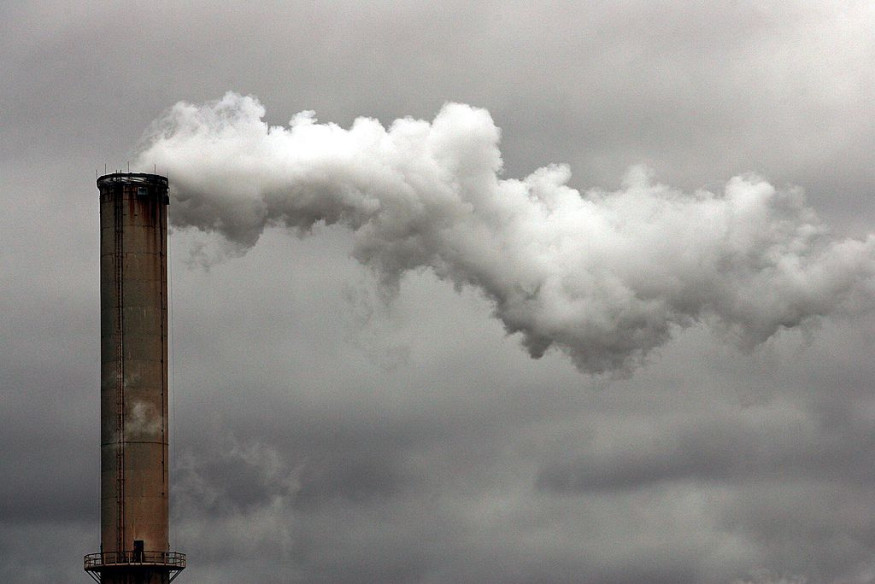
A groundbreaking discovery by US scientists has opened the door to turning harmful greenhouse gases like methane and carbon dioxide into valuable clean energy.
Researchers at Oak Ridge National Laboratory (ORNL) have developed a new catalyst that enhances the process known as the dry reforming of methane. This process transforms these gases into syngas, a mixture of hydrogen and carbon monoxide that is crucial for producing a wide range of products, including fuels and chemicals.
Syngas is a key ingredient for the production of many everyday chemicals, such as plastics, fertilizers, and even hydrogen, which can be used as a clean fuel.
According to Felipe Polo-Garzon, one of the lead researchers at ORNL, "Syngas is important because it's a platform for the production of a lot of chemicals of mass consumption."
One of the challenges in converting methane and carbon dioxide into syngas is the high energy required for the process. It takes temperatures over 650 degrees Celsius (1,200 degrees Fahrenheit) to start the chemical reaction, which leads to issues like sintering and coking.
These problems can make the catalyst less effective, causing it to degrade quickly. However, the new catalyst developed by ORNL is highly resistant to these deactivation processes. It is made from a unique crystalline material called zeolite, which supports the active metal sites - nickel - allowing the catalyst to work at high temperatures without breaking down.
Breakthrough Catalyst Reduces Emissions and Enhances Energy Efficiency
"We're effectively creating a strong bond between the nickel and the zeolite host. This strong bond makes our catalyst resistant to degradation at high temperatures," said Polo-Garzon.
The catalyst uses the sponge-like structure of zeolite, which has tiny pores that offer a large surface area, enhancing the chemical reactions needed for syngas production.
This breakthrough offers a more sustainable approach to producing syngas compared to traditional methods, which require water and release additional carbon dioxide. By using methane and carbon dioxide directly, the ORNL method reduces the environmental impact.
The technology has the potential to revolutionize energy production. Syngas is already used in countries with limited oil reserves to create fuels like diesel and gasoline. Moreover, it can be used to produce methanol, a key ingredient in plastics, fabrics, and pharmaceuticals.
As the team moves forward, they aim to further improve the catalyst and make it suitable for a wider range of industrial applications. The results of their study were published in Nature Communications, and they have already applied for a patent for this novel catalyst. With further development, this breakthrough could play a major role in reducing global greenhouse gas emissions and improving energy security.
© 2025 NatureWorldNews.com All rights reserved. Do not reproduce without permission.





